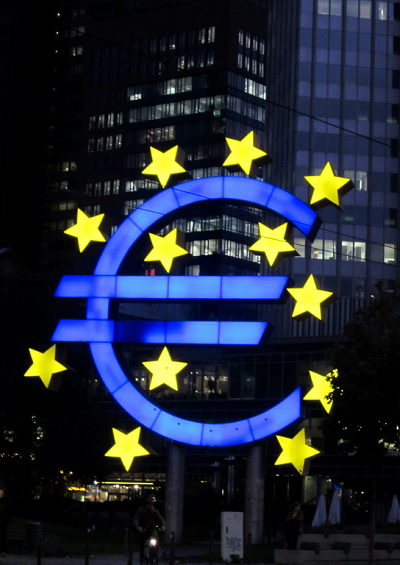The World of Negative Interest Rates: An Introduction
We now witness the marks of the inverted universe of ultra-loose monetary policy and lax central banking.
October 31, 2019

We now witness the marks of the inverted universe of ultra-loose monetary policy and lax central banking.
Hoarding gold is smart. Buying a car on credit can be cheaper than with cash. Investors pay — rather than getting paid — to buy government bonds.
Just consider -0.529% to hold Spanish 3-year bonds to residual maturity. Never mind that the true risk of holding the obligations of any state indebted at close to 100% of GDP ought to be in positive territory.
Thrift is no longer a virtue, quite the opposite. Under a regime of negative interest rates, savers are stealthily taxed for their hard earned savings.
Cash under the mattress gives the best relative returns (savings do not shrink there). But deeper in this inverted world, citizens are deprived of the proverbial mattress: An IMF blog suggests to eliminate cash altogether.
Meanwhile, share buy-backs become a most effective strategy for CEOs intent on maximizing “shareholder value.” Corporate cash hoards are larger than ever. Banks, once in the business of extending loanable funds, instead place trillions of liquid reserves with central bankers. Capital becomes unemployed.
Lazy capital ends up flowing from new productive activity into existing assets. Real estate and other bubbles ensue, the asset-rich become richer, the poor poorer. Negative interest and inequality go hand in hand.
Takeaways
We now witness the marks of the inverted universe of ultra-loose monetary policy and lax central banking.
